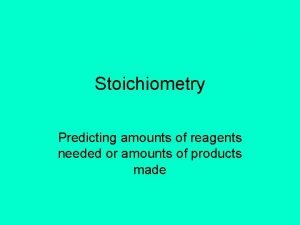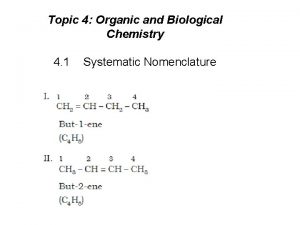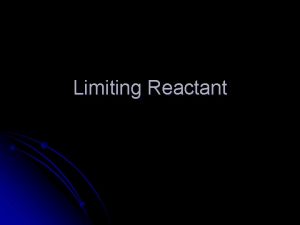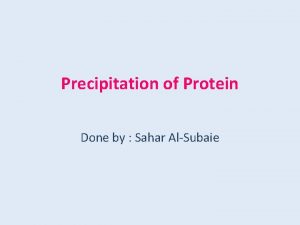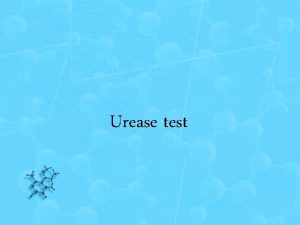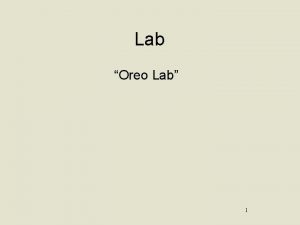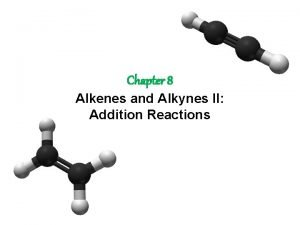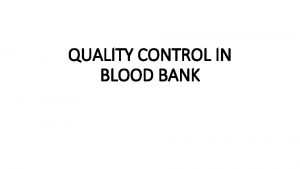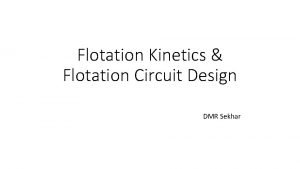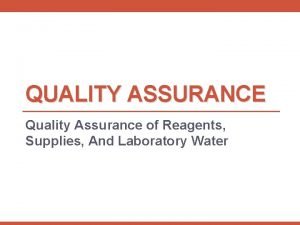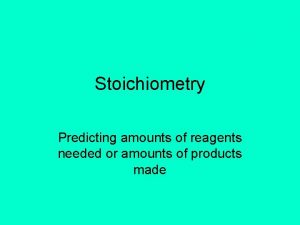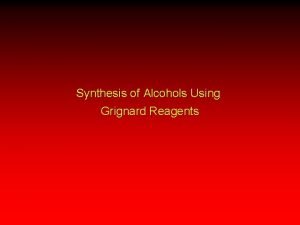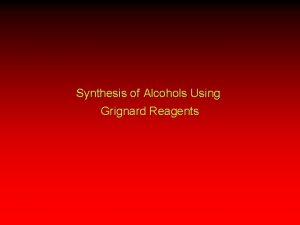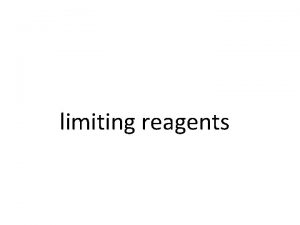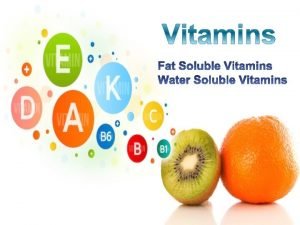TOPIC Predicting amounts of reagents needed or amounts












- Slides: 12

TOPIC: Predicting amounts of reagents needed or amounts of products made Do Now:

Coefficients in Chemical Equations • Numbers in front of formulas called coefficients – Microscopic: Coefficients represent numbers of individual atoms or molecules – Macroscopic: Coefficients give mole ratios! – Moles connected to mass

Coefficients in Balanced Equations MOLE-MOLE word problems: convert from moles of one substance to moles of another substance

2 C 2 H 6 + 7 O 2 4 CO 2 + 6 H 2 O How much CO 2 will be produced if 4 moles of C 2 H 6 are consumed? 1) Start with balanced chemical equation 2) Problem will ask how many moles/liters given will yield certain amount something else 3) Use a proportion to compare old mole/liter amounts to the new mole/liter amounts

How much CO 2 will be produced if 4 moles of C 2 H 6 are consumed? 2 C 2 H 6 + 7 O 2 4 CO 2 + 6 H 2 O = X moles CO 2 4 moles C 2 H 6 X = 8 moles CO 2

How much H 2 O will be produced in the combustion of 5 moles of C 2 H 6? 2 C 2 H 6 + 7 O 2 4 CO 2 + 6 H 2 O X moles H 2 O 5 moles C H = 2 6 X = 15 moles H 2 O

How much oxygen will react with 5 moles of C 2 H 6? 2 C 2 H 6 + 7 O 2 4 CO 2 + 6 H 2 O 5 moles = X moles X = 17. 5 moles O 2

Gas-Phase Equations • coefficients in equations represent ratio of volumes of gases involved in rxn • volume-volume word problems: rxns where ALL reactants & products are gases • volume unit (liter/milliliter) doesn’t matter as long as constant throughout

How much hydrogen gas will react with 15 liters of nitrogen gas? + 3 H (g) 2 NH (g) 2 3 _________ 1 N 2(g) 15 L N 2(g) = X L H 2(g) X = 45 L H 2(g)

Mass-Volume Problems • REMINDER: 1 mole any gas occupies same volume as any other gas (At STP = 22. 4 L/mol) • REMINDER: 1 mole = gram formula mass – CO 2 = 12 + 16 = 44 g/mol

What volume of Cl 2(g) measured at STP is produced when 7. 65 g HCl (aq) reacts with Mn. O 2(s) + 4 HCl(aq) Mn. Cl 2(aq) + Cl 2(g) + 2 H 2 O(l) 1. CONVERT TO MOLES 7. 65 g HCl mol =. 2125 mols HCl 36 g HCl 2. Set up ratio 4 = 1. 2125 =. 053125 mols Cl 2 X 3. Convert Moles to Liters. 053125 mols Cl 2 22. 4 L = 1. 19 L 1 mol

What mass of NH 3(g) is produced when 2. 15 L of H 2(g) measured at STP reacts? 3 H 2(g) + N 2(g) 2 NH 3(g) 1. Set up Ratio 3 = 2. 15 2. Convert L to Moles 1. 43 L mol 2 X =. 064 mol NH 3 22. 4 L 3. Convert Moles to grams. 064 mol 17 g = 1. 09 g mol = 1. 43 L NH 3
 How to determine if a single replacement reaction occurs
How to determine if a single replacement reaction occurs Benzidine blood test
Benzidine blood test Alkane to aldehyde
Alkane to aldehyde How to find excess reactant
How to find excess reactant Dna denaturation definition
Dna denaturation definition Urease test reagents
Urease test reagents Double stuff oreo lab answer key
Double stuff oreo lab answer key Oxymercuration demercuration of alkynes
Oxymercuration demercuration of alkynes Quality control in blood banking
Quality control in blood banking Kinetics flotation chemicals
Kinetics flotation chemicals Calculating mcv
Calculating mcv High-quality reagents
High-quality reagents Paragraph writing strategy
Paragraph writing strategy
